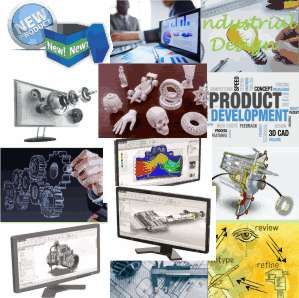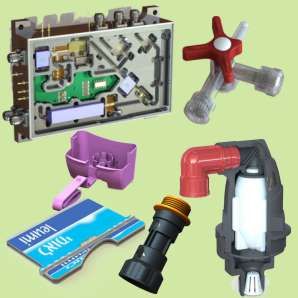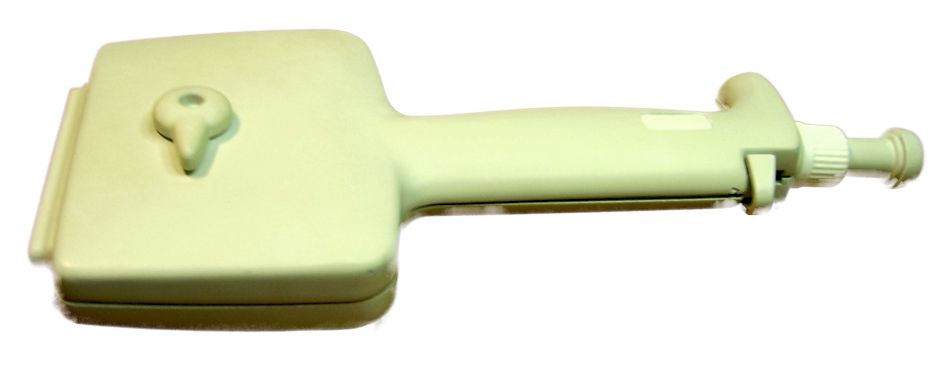
Prototype
Prototypes are essential when developing physical products. With our established network of reliable prototype suppliers, we have built models and prototypes for all kinds of physical products and demonstration units.
There are many ways to prototype parts.
Whether you’re looking for a prototype for marketing appeal, user experience research or to test general functionality, there are lots of decisions to be made.
Let us be your guide.
To make prototyping decision easier
we work with you and our network of prototype suppliers to determine your prototyping requirements and minimize costly mistakes.
What Type of Prototype We Create ?
Visual Concept Prototypes
Visual model prototypes or “Look Like” model are used to support your market research and sales activities needs.
A Mock-Up Prototype should be good enough in most cases.
Mock-Up Prototypes are quick hand or machine made representations of the size and appearance, but not the functionality of the intended design, usually, made from foam, rubber, wood and soft metal, depending on the requirements.
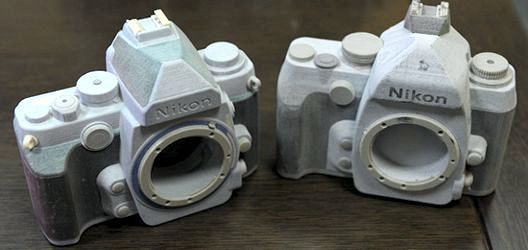
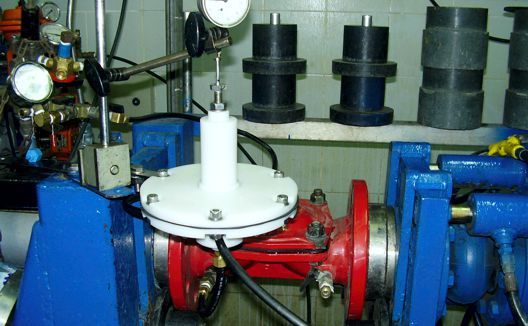
Functional Prototypes
Functional or bench model prototypes are a functional representation of your product. They are used to “proof of concept” and help tune the operation of a part or sub assembly of a product.
We recommends early stage Bench Models for items that are seen as higher risk of working. Exploration of a real physical object or assembly in some cases allows the refinement of a feature much faster than exploring concept variations of the product on a computer model.
Moving, interacting parts can be quickly refined and new opportunities identified while a crafts person explores a concept with their hands and mind physically on a bench in a concept shop with the right tools and materials.
Pre Production Prototype
A Pre-Production prototype is a working representation of how the end invention design will look, while also offering a working demonstration of the product functionality.
This prototype option will typically be comprised of a mix of production grade materials and off-the-shelf components to balance cost efficiency with design quality.
This prototype is a good option to show product viability prior to beginning mass manufacturing.
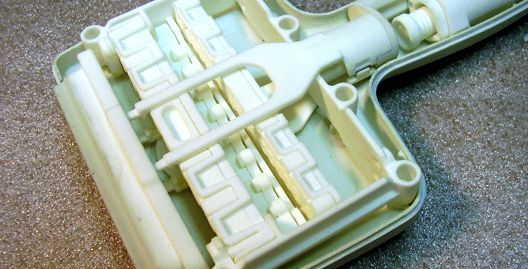
Prototype Manufacturing Technologies
Types of technologies we use for manufacture prototypes are divided to two main categories as flowing:
3D Printing
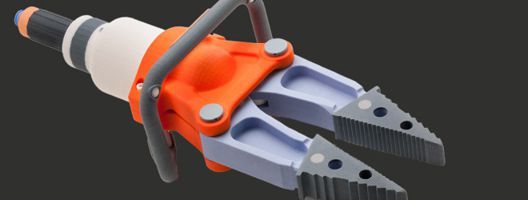
3D printing, also known as additive manufacturing or rapid prototype , refers to various processes used to synthesize a three-dimensional object.
3D Printing has become far more accessible. Most 3D prints can be turned around in days as the printers work 24 hours per day.
There are different technologies and huge variety of materials for 3D printing:
Machining
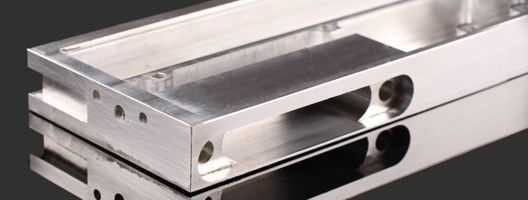
Machining is a subtractive manufacturing process in which a piece of raw material is cut into a desired final shape and size by a controlled material-removal process.
The three principal machining processes are classified as turning, drilling and milling. Other falling into miscellaneous categories include shaping, planing, boring, broaching grinding, reaming and sawing
There are different technologies and materials for machining as flowing:
3D Printing Materials and Technologies
- Stereo lithography (SLA)
- Polyjet
- Laser Sintering
- ColorJet Printing (CJP)
- FDM – Fused Deposition Modeling
- Laser Melting (metal 3D printing)
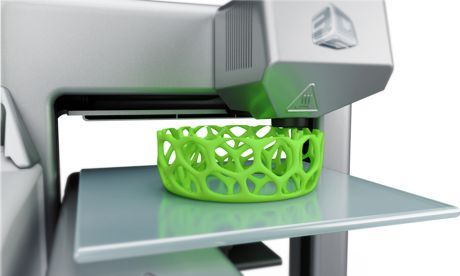
- Hard plastic materials.
- Flexible materials like rubber
- Aluminum and various metals
Machining Materials and Technologies
- CNC and Conventional Machining (milling, turning, drilling, reaming and grinding)
- Electrical Discharge Machining (EDM). Die-sink and Wire-cut.
- Laser Cutting
- Photo Etching (Photo-lithography)
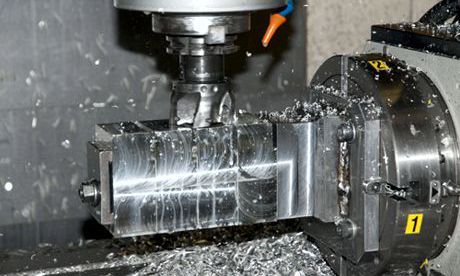
- Plastic Materials.
- Aluminum and various Metals
- Ceramic
- Wood








